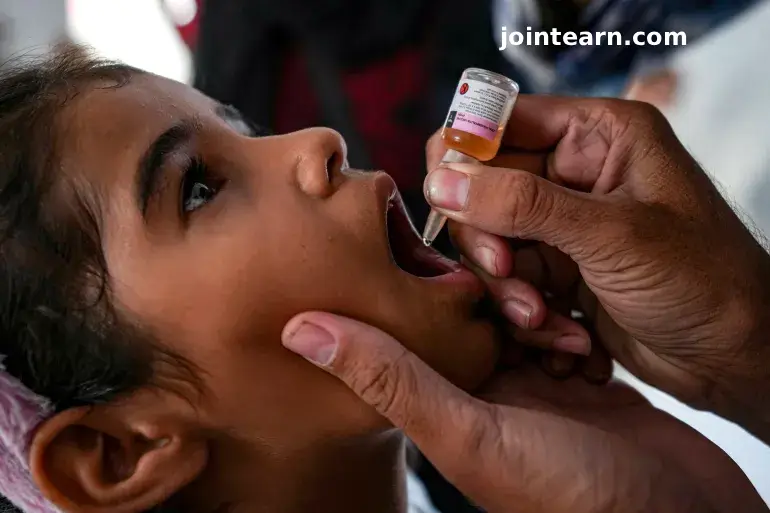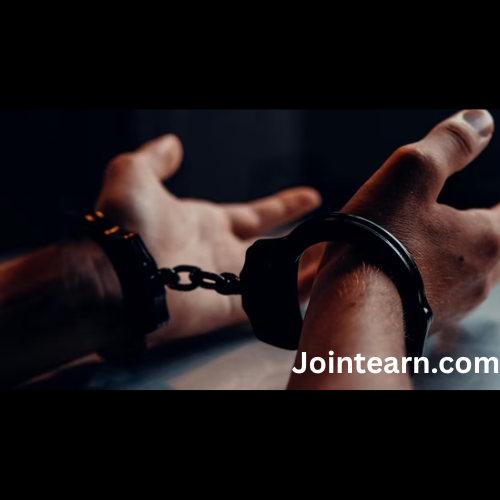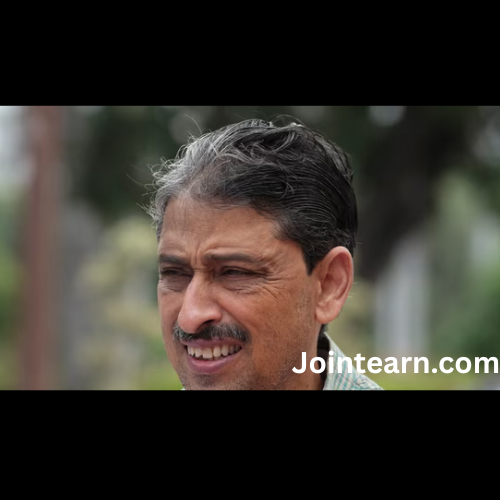
The World Health Organization (WHO) has issued a stark warning that a $1.7 billion funding shortfall could jeopardize decades of progress toward eradicating polio worldwide. The Global Polio Eradication Initiative (GPEI)—a coalition that includes WHO, UNICEF, Rotary International, the US CDC, and the Bill & Melinda Gates Foundation—faces a 30 percent budget reduction starting in 2026, which officials say could derail critical vaccination and surveillance programs.
“The significant reductions in funding mean that certain activities will simply not happen,”
said Dr. Jamal Ahmed, WHO’s Director of Polio Eradication, during a press briefing on Tuesday.
Funding Crisis Threatens Progress
According to WHO, the $1.7 billion gap through 2029 is largely due to cuts in foreign aid, particularly from traditional donors like the United States, Germany, and the United Kingdom. The US government, under President Donald Trump’s renewed administration, has notably scaled back contributions to WHO and other international health initiatives.
“Eradication remains feasible and is doable,” Ahmed said. “We need everyone to stay committed and ensure that no child is left behind.”
Officials warn that without sufficient funding, the GPEI will be forced to scale down mass immunization drives, suspend community surveillance, and delay rapid outbreak responses—increasing the risk of the virus spreading undetected.
Strategic Reprioritization: Focus on High-Risk Regions
To cope with the financial strain, the GPEI plans to focus limited resources on countries still struggling with wild poliovirus transmission, particularly Afghanistan and Pakistan, where 36 new cases have been reported so far in 2025.
Other low-risk regions will see reduced operations unless outbreaks occur. Surveillance systems will be streamlined, and field staff may be reassigned to combined health programs to maintain minimal oversight.
WHO also intends to strengthen integration with other immunization efforts, such as measles and rubella vaccination campaigns, and to expand fractional dosing strategies—a method that delivers one-fifth of a full vaccine dose while maintaining immunity. This approach stretches limited vaccine supplies and ensures broader coverage among children in remote or conflict-affected areas.
The Global Polio Landscape in 2025
Since the global eradication effort began in 1988, polio cases have dropped by over 99 percent, saving an estimated 20 million children from paralysis. However, the virus still lingers in two endemic countries—Pakistan and Afghanistan—and continues to cause sporadic outbreaks of vaccine-derived polio in parts of Africa and Asia.
As of 2025, there have been 149 cases of vaccine-derived poliovirus (VDPV) worldwide, with Nigeria, Mozambique, and Yemen among the hardest-hit nations.
Vaccine-derived polio occurs when the weakened virus from oral polio vaccines mutates and spreads among under-immunized populations. Health experts stress that this phenomenon underscores the importance of maintaining high vaccination coverage until wild poliovirus transmission is completely eliminated.
“Stopping vaccination now would be catastrophic,” warned Dr. Ahmed. “The moment we slow down, polio comes back.”
Why the Funding Gap Matters
WHO officials say that even short-term funding disruptions could reverse decades of gains. Surveillance networks, which track environmental samples for traces of the virus, rely on consistent financing to respond swiftly to new cases. A lapse in operations could allow outbreaks to spread silently across borders, particularly in regions with weak healthcare systems.
Moreover, the polio eradication infrastructure supports broader public health goals, including disease surveillance for measles, cholera, and Ebola. Without continued investment, the collapse of this infrastructure could undermine future pandemic preparedness.
Global Health Leaders Urge Renewed Commitment
The WHO and its partners are now appealing to governments, private donors, and philanthropic organizations to bridge the $1.7 billion gap. The Bill & Melinda Gates Foundation, which has contributed over $5 billion to polio eradication since 2000, urged nations not to let “fatigue and complacency” undo the final phase of eradication.
“Polio is closer than ever to being history,” said Melinda French Gates in a recent statement. “But we must finish the job. The last mile is always the hardest—and the most important.”
Eradication Still Possible, But Time Is Running Out
Despite the looming funding crisis, WHO insists that eradication remains achievable if donors renew their commitments and affected countries sustain high vaccination coverage.
With just 36 wild polio cases reported globally in 2025, compared to over 350,000 cases annually in 1988, the world stands on the brink of a historic victory. But experts warn that losing momentum now could lead to a resurgence that might take decades—and billions more dollars—to overcome.
“We’ve come too far to turn back,” Ahmed concluded. “Every delay means another child at risk of paralysis. The world cannot afford that.”


Leave a Reply